User Agreement
This document is an electronic record in terms of Information Technology Act, 2000 and rules
there under as applicable and the amended provisions pertaining to electronic records in various
statutes as amended by the Information Technology Act, 2000. This electronic record is generated by
a computer system and does not require any physical or digital signatures
Your use of the UShop Website https://theushop.in/ and all features provided in the Site are
governed by the terms and conditions mentioned on the website (“Terms”). By accessing or using the Site,
you agree to be bound by these Terms.
The domain name and website UShop is owned by Hindustan Unilever Limited, having its registered office at
Unilever House, B.D. Sawant Marg, Andheri East, 400099 (HUL)
INDIGO DYECHEM PRIVATE LIMITED is licensed to use and operate the Site and supply products directly to
customers who transact using the Site. As a User of the Site and its services you are contracting with
INDIGO DYECHEM PRIVATE LIMITED through these Terms.
Platform Limitations:
HUL is not a party to the transactions between Buyer and Seller on the Platform and therefore all
commercial Terms and Conditions offered on the website are agreed between You and the INDIGO DYECHEM
PRIVATE LIMITED.
HUL does not have control over Policies and commercial terms pertaining to price, shipping costs, payment
methods, payment terms, date, period and mode of delivery, warranties related to products and after
sales services related to products. HUL does not have any control or does not determine or advise or in
any way involve itself in the offering or acceptance of such commercial/contractual terms between the
Buyers and Sellers. All discounts, offers (including exchange offers) are by the Seller and not by HUL.
HUL does not at any point of time during any transaction between Buyer and Seller on the Platform
hold title or any possession of the products offered by Seller nor does it at any point gain title
to or have any rights or claims over the products offered by Seller to Buyer.
YOUR PROFILE & SECURITY:
Shoppers have to register and login for placing Orders on the Site. As part of the registration process
on the Site, you maybe required to share information important for us to service you efficiently.
HUL, INDIGO DYECHEM PRIVATE LIMITED may collect/use the following personally identifiable information
about you:
- Name including first and last name,
- alternate email address,
- mobile phone number and
- contact details, postal code, demographic profile (like your age, gender, occupation, education,
address etc.) and information about the pages on the site you visit/access, the links you click on
the site, the number of times you access the page and any such browsing information.
The personal information / data provided by you during the course of usage of the Site will be treated as
strictly confidential and in accordance with the Unilever Privacy Policy and applicable laws and
regulations. Please refer the Unilever Privacy Policy at https://www.unilevernotices.com/india/english/privacy-notice/notice.html
to understand your personal information is used.
You shall be responsible for maintaining the confidentiality of your login ID and Password and preventing
unauthorized access into your profile. You shall be responsible for all activities/transactions that
occur under your Login ID.
You agree to:
- immediately notify us of any unauthorized use / breach of your password or account or where you have
reason to believe that your account may be used in an unauthorized manner on the following email
address:
Grievance.Officer-Privacy@unilever.com.;
- ensure that you exit from your account at the end of each session.
YOUR REPRESENTATIONS AND USE OF PLATFORM:
- You agree that if You provide any information that is untrue, inaccurate, not current or incomplete,
we shall have the right to indefinitely suspend or terminate or block access to the Site by you.
- You represent that you are at least the age of majority in your state or province of residence.
- You may not use our products for any illegal or unauthorized purpose nor may you, in the use of the
Service, violate any laws in your jurisdiction (including but not limited to copyright laws).
- You must not transmit any worms or viruses or any code of a destructive nature.
- A breach or violation of any of the Terms will result in an immediate termination of your Services.
- Maximum purchase cannot be more than 30 pieces for a particular order, from one ID.
- Limited Consumer Promo offers are available only for personal consumption / usage. Maximum
purchase per ID is 30 units.
- Any order suspected / not meant for personal consumption, INDIGO DYECHEM PRIVATE LIMITED reserves
the right to decline the order & refund the money. We reserve the right to block such accounts
from where the suspected orders are placed.
PRODUCT AUTHENTICITY:
All products sold on the website are sourced by INDIGO DYECHEM PRIVATE LIMITED from Authorised
Distributors of Hindustan Unilever Limited. Therefore, you can be assured of the quality and
authenticity of the products you purchase on this website.
COPYRIGHT
Copyright © Hindustan Unilever Limited. All rights reserved. All copyright and other intellectual
property rights in all text, images, sound, software and other materials on this site are owned by
Hindustan Unilever Limited / affiliated companies or are included with permission of the relevant owner.
You are permitted to browse this site and to reproduce extracts by way of printing, downloading to a hard
disk and by distribution to other people but, in all cases, for non-commercial, informational and
personal purposes only. No reproduction of any part of the site may be sold or distributed for
commercial gain nor shall it be modified or incorporated in any other work, publication or site, whether
in hard copy or electronic format, including posting to any other site. No other licence or right is
granted.
TRADEMARKS
All trademarks displayed on this site are either owned or used under licence by Hindustan Unilever
Limited.
AVAILABILITY OF PRODUCTS
Hindustan Unilever Limited do not themselves supply any products or services to consumers directly.
Reference to any product or service on the site does not constitute an offer to sell or supply that
product or service and does not mean that the product or service is available in all countries or that
the name, description or specification of the product or service will be the same as that included on
the site. INDIGO DYECHEM PRIVATE LIMITED is responsible to list and sell products as per availability
and suitability.
MODIFICATIONS TO THE SERVICE AND PRICES
INDIGO DYECHEM PRIVATE LIMITED reserves the right to modify Prices for products without notice.
We reserve the right at any time to modify or discontinue the Service (or any part or content thereof)
without notice at any time.
We shall not be liable to you or to any third-party for any modification, price change, suspension or
discontinuance of the Service.
PRODUCTS OR SERVICES
Certain products or services may be available exclusively online through the website. These products or
services may have limited quantities and are subject to return or exchange only according to INDIGO
DYECHEM PRIVATE LIMITED Return Policy.
We have made every effort to display as accurately as possible the colours and images of our products
that appear at the store. We cannot guarantee that your computer monitor's display of any colour will be
accurate.
We reserve the right, but are not obligated, to limit the sales of our products or Services to any
person, geographic region or jurisdiction. We may exercise this right on a case-by-case basis. We
reserve the right to limit the quantities of any products or services that we offer. All descriptions of
products or product pricing are subject to change at anytime without notice, at the sole discretion of
INDIGO DYECHEM PRIVATE LIMITED. We reserve the right to discontinue any product at any time. Any offer
for any product or service made on this site is void where prohibited.
ACCURACY OF BILLING AND ACCOUNT INFORMATION
INDIGO DYECHEM PRIVATE LIMITED reserves the right to refuse any order you place
with us. We may, in our sole discretion, limit or cancel quantities purchased per person, per household
or per order. These restrictions may include orders placed by or under the same customer account, the
same credit card, and/or orders that use the same billing and/or shipping address. In the event that we
make a change to or cancel an order, we may attempt to notify you by contacting the e-mail and/or
billing address/phone number provided at the time the order was made. We reserve the right to limit or
prohibit orders that, in our sole judgment, appear to be placed by dealers, resellers or distributors.
You agree to provide current, complete and accurate purchase and account information for all purchases
made at our store. You agree to promptly update your account and other information, including your email
address and credit card numbers and expiration dates, so that we can complete your transactions and
contact you as needed.
CONTENT
The information on this site has been included in good faith but is for general informational purposes
only. It should not be relied on for any specific purpose and no representation or warranty is given as
regards its accuracy or completeness. Hindustan Unilever Limited officers, employees or agents shall not
be liable for any loss, damage or expense arising out of any access to or use of this site or any site
linked to it including, without limitation, any loss of profit, indirect, incidental or consequential
loss.
All comments, suggestions, graphics, ideas (including product and advertising ideas), and other
information or materials you submit to Hindustan Unilever Limited through this web site will become and
remain the exclusive property of Hindustan Unilever Limited, including any future rights associated with
such submissions, even if these terms and conditions are later modified or terminated.
This means that you disclaim any proprietary rights in such submissions, and you acknowledge Hindustan
Unilever Limited unrestricted right to use them (or materials or ideas similar to them) in any medium,
now and in the future, without notice, compensation or other obligation to you or any other person. It
also means Hindustan Unilever Private Limited has no obligation to keep your submissions confidential.
We reserve the right to make any changes and corrections to this site as and when we consider it
appropriate and without notice.
TERMS OF SERVICE
We offer this website, including all information, tools and services available from this site to you, the
user, conditioned upon your acceptance of all terms, conditions, policies and notices stated here:
By visiting our site and/ or purchasing something from us, you engage in our “Service” and agree to be
bound by the following terms and conditions (“Terms of Service”, “Terms”), including those additional
terms and conditions and policies referenced herein and/or available by hyperlink. These Terms of
Service apply to all users of the site, including without limitation users who are browsers, vendors,
customers, merchants, and/ or contributors of content.
Please read these Terms of Service carefully before accessing or using our website. By accessing or using
any part of the site, you agree to be bound by these Terms of Service. If you do not agree to all the
terms and conditions of this agreement, then you have the option to not access the website or use any
services. If these Terms of Service are considered an offer, acceptance is expressly limited to these
Terms of Service.
Any new features or tools which are added to the current store shall also be subject to the Terms of
Service. You can review the most current version of the Terms of Service at any time on this page. We
reserve the right to update, change or replace any part of these Terms of Service by posting updates
and/or changes to our website. Your continued use of or access to the website following the posting of
any changes constitutes acceptance of those changes.
GENERAL CONDITIONS
We reserve the right to refuse service to anyone for any reason at any time.
You understand that your content (not including credit card information), may be transferred unencrypted
and involve (a) transmissions over various networks; and (b) changes to conform and adapt to technical
requirements of connecting networks or devices. Credit card information is always encrypted during
transfer over networks.
You agree not to reproduce, duplicate, copy, sell, resell or exploit any portion of the Service,
use of the Service, or access to the Service or any contact on the website through which the service is
provided, without express written permission by us.
The headings used in this agreement are included for convenience only and will not limit or otherwise
affect these Terms.
ACCURACY OF INFORMATION
We are not responsible if information made available on this site is not accurate, complete or current.
The material on this site is provided for general information only and should not be relied upon or used
as the sole basis for making decisions without consulting primary, more accurate, more complete or more
timely sources of information. Any reliance on the material on this site is at your own risk.
This site may contain certain historical information. Historical information, necessarily, is not current
and is provided for your reference only. We reserve the right to modify the contents of this site at any
time. You agree that it is your responsibility to monitor changes to our site.
3RD PARTY TOOLS
We may provide you with access to third-party tools over which we neither monitor nor have any control
nor input.
You acknowledge and agree that we provide access to such tools “as is” and “as available” without any
warranties, representations or conditions of any kind and without any endorsement. We shall have no
liability whatsoever arising from or relating to your use of optional third-party tools.
Any use by you of optional tools offered through the site is entirely at your own risk and discretion and
you should ensure that you are familiar with and approve of the terms on which tools are provided by the
relevant third-party provider(s).
We may also, in the future, offer new services and/or features through the website (including, the
release of new tools and resources). Such new features and/or services shall also be subject to these
Terms of Service.
THIRD-PARTY LINKS (remove if NOT applicable)
Certain content, products and services available via our Service may include materials from
third-parties.
Third-party links on this site may direct you to third-party websites that are not affiliated with us. We
are not responsible for examining or evaluating the content or accuracy and we do not warrant and will
not have any liability or responsibility for any third-party materials or websites, or for any other
materials, products, or services of third-parties.
We are not liable for any harm or damages related to the purchase or use of goods, services, resources,
content, or any other transactions made in connection with any third-party websites. Please review
carefully the third-party's policies and practices and make sure you understand them before you engage
in any transaction. Complaints, claims, concerns, or questions regarding third-party products should be
directed to the third-party.
USER COMMENTS
If, at our request, you send certain specific submissions (for example contest entries) or without a
request from us you send creative ideas, suggestions, proposals, plans, or other materials, whether
online, by email, by postal mail, or otherwise (collectively, 'comments'), you agree that we may, at any
time, without restriction, edit, copy, publish, distribute, translate and otherwise use in any medium
any comments that you forward to us. We are and shall be under no obligation (1) to maintain any
comments in confidence; (2) to pay compensation for any comments; or (3) to respond to any comments.
We may, but have no obligation to, monitor, edit or remove content that we determine in our sole
discretion are unlawful, offensive, threatening, libelous, defamatory, pornographic, obscene or
otherwise objectionable or violates any party’s intellectual property or these Terms of Service.
You agree that your comments will not violate any right of any third-party, including copyright,
trademark, privacy, personality or other personal or proprietary right. You further agree that your
comments will not contain libellous or otherwise unlawful, abusive or obscene material, or contain any
computer virus or other malware that could in any way affect the operation of the Service or any related
website. You may not use a false e-mail address, pretend to be someone other than yourself, or otherwise
mislead us or third parties as to the origin of any comments. You are solely responsible for any
comments you make and their accuracy. We take no responsibility and assume no liability for any comments
posted by you or any third-party.
PERSONAL INFORMATION
Your submission of personal information through the website is governed by our Privacy Policy. (add
hyperlink). To stop receiving communications, please click on the unsubscribe link received in the
promotional email communication from the sender ID (ID). Alternatively, you may email us at lever.care@unilever.com to opt out of communication.
ERRORS
Occasionally there may be information on our site or in the Service that contains typographical errors,
inaccuracies or omissions that may relate to product descriptions, pricing, promotions, offers, product
shipping charges, transit times and availability. We reserve the right to correct any errors,
inaccuracies or omissions, and to change or update information or cancel orders if any information in
the Service or on any related website is inaccurate at any time without prior notice (including after
you have submitted your order).
PROHIBITED USES
In addition to other prohibitions as set forth in the Terms of Service, you are prohibited from using the
site or its content: (a) for any unlawful purpose; (b) to solicit others to perform or participate in
any unlawful acts; (c) to violate any international, federal, provincial or state regulations, rules,
laws, or local ordinances; (d) to infringe upon or violate our intellectual property rights or the
intellectual property rights of others; (e) to harass, abuse, insult, harm, defame, slander, disparage,
intimidate, or discriminate based on gender, sexual orientation, religion, ethnicity, race, age,
national origin, or disability; (f) to submit false or misleading information; (g) to upload or transmit
viruses or any other type of malicious code that will or may be used in any way that will affect the
functionality or operation of the Service or of any related website, other websites, or the Internet;
(h) to collect or track the personal information of others; (i) to spam, phish, pharm, pretext, spider,
crawl, or scrape; (j) for any obscene or immoral purpose; or (k) to interfere with or circumvent the
security features of the Service or any related website, other websites, or the Internet. We reserve the
right to terminate your use of the Service or any related website for violating any of the prohibited
uses.
LIMITATION OF LIABILITY
We do not guarantee, represent or warrant that your use of our service will be uninterrupted, timely,
secure or error-free. We do not warrant that the results that may be obtained from the use of the
service will be accurate or reliable.
You agree that from time to time we may remove the service for indefinite periods of time or cancel the
service at any time, without notice to you.
You expressly agree that your use of, or inability to use, the service is at your sole risk. The service
and all products and services delivered to you through the service are (except as expressly stated by
us) provided 'as is' and 'as available' for your use, without any representation, warranties or
conditions of any kind, either express or implied, including all implied warranties or conditions of
merchantability, merchantable quality, fitness for a particular purpose, durability, title, and
non-infringement.
In no case shall we, our directors, officers, employees, affiliates, agents, contractors, interns,
suppliers, service providers or licensors be liable for any injury, loss, claim, or any direct,
indirect, incidental, punitive, special, or consequential damages of any kind, including, without
limitation lost profits, lost revenue, lost savings, loss of data, replacement costs, or any similar
damages, whether based in contract, tort (including negligence), strict liability or otherwise, arising
from your use of any of the service or any products procured using the service, or for any other claim
related in any way to your use of the service or any product, including, but not limited to, any errors
or omissions in any content, or any loss or damage of any kind incurred as a result of the use of the
service or any content (or product) posted, transmitted, or otherwise made available via the service,
even if advised of their possibility. Our liability shall be limited to the maximum extent permitted by
law.
INDEMNIFICATION
You agree to indemnify, defend and hold harmless us and our parent, subsidiaries, affiliates, partners,
officers, directors, agents, contractors, licensors, service providers, subcontractors, suppliers,
interns and employees, harmless from any claim or demand, including reasonable attorneys’ fees, made by
any third-party due to or arising out of your breach of these Terms of Service or the documents they
incorporate by reference, or your violation of any law or the rights of a third-party.
SEVERABILITY
If any provision of the Terms and Conditions is held illegal or unenforceable by any court or other
authority of competent jurisdiction, such provision shall be deemed severable from the remaining
provisions and shall not affect or impair the validity or enforceability of the remaining provisions in
such jurisdiction.
TERMINATION
These Terms of Service are effective unless and until terminated by either you or us. You may terminate
these Terms of Service at any time by notifying us that you no longer wish to use our Services, or when
you cease using our site.
If in our sole judgment you fail, or we suspect that you have failed, to comply with any term or
provision of these Terms of Service, we also may terminate this agreement at any time without notice and
you will remain liable for all amounts due up to and including the date of termination; and/or
accordingly may deny you access to our Services (or any part thereof).
GOVERNING LAW, JURISDICTION & DISPUTE RESOLUTION
These Terms of Service and any separate agreements whereby we provide you Services shall be governed by
and construed in accordance with the laws of India. For proceedings arising therein the Courts at
Mumbai shall have exclusive jurisdiction.
Any dispute or difference either in interpretation or otherwise, of the Terms of Use and other Policies
on the Site, between the parties hereto, shall be referred to an independent arbitrator who will be
appointed by mutually and his decision shall be final and binding on the parties hereto. The above
arbitration shall be in accordance with the Arbitration and Conciliation Act, 1996 as amended from time
to time. The seat and venue of arbitration shall be held in Mumbai.
UPDATES:
You can review the most current version of the Terms of Service at any time at this page.
We reserve the right, at our sole discretion, to update, change or replace any part of these Terms of
Service by posting updates and changes to our website. Your continued use of or access to our website or
the Service following the posting of any changes to these Terms of Service constitutes acceptance of
those changes.
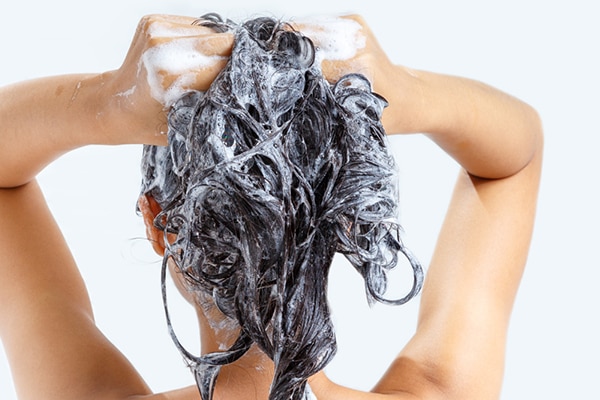
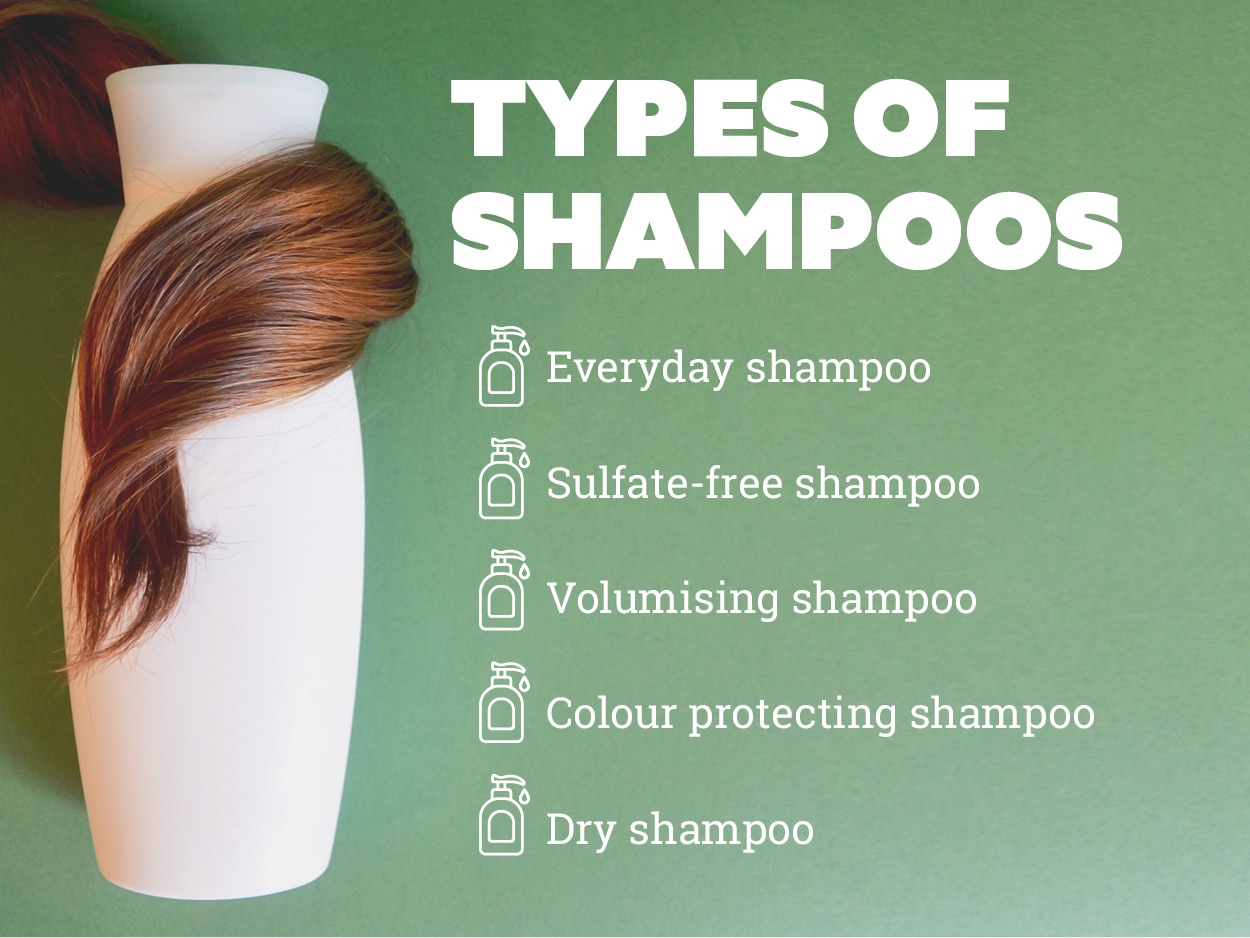
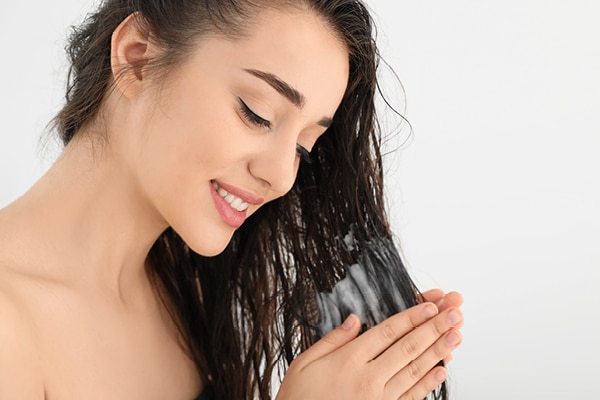
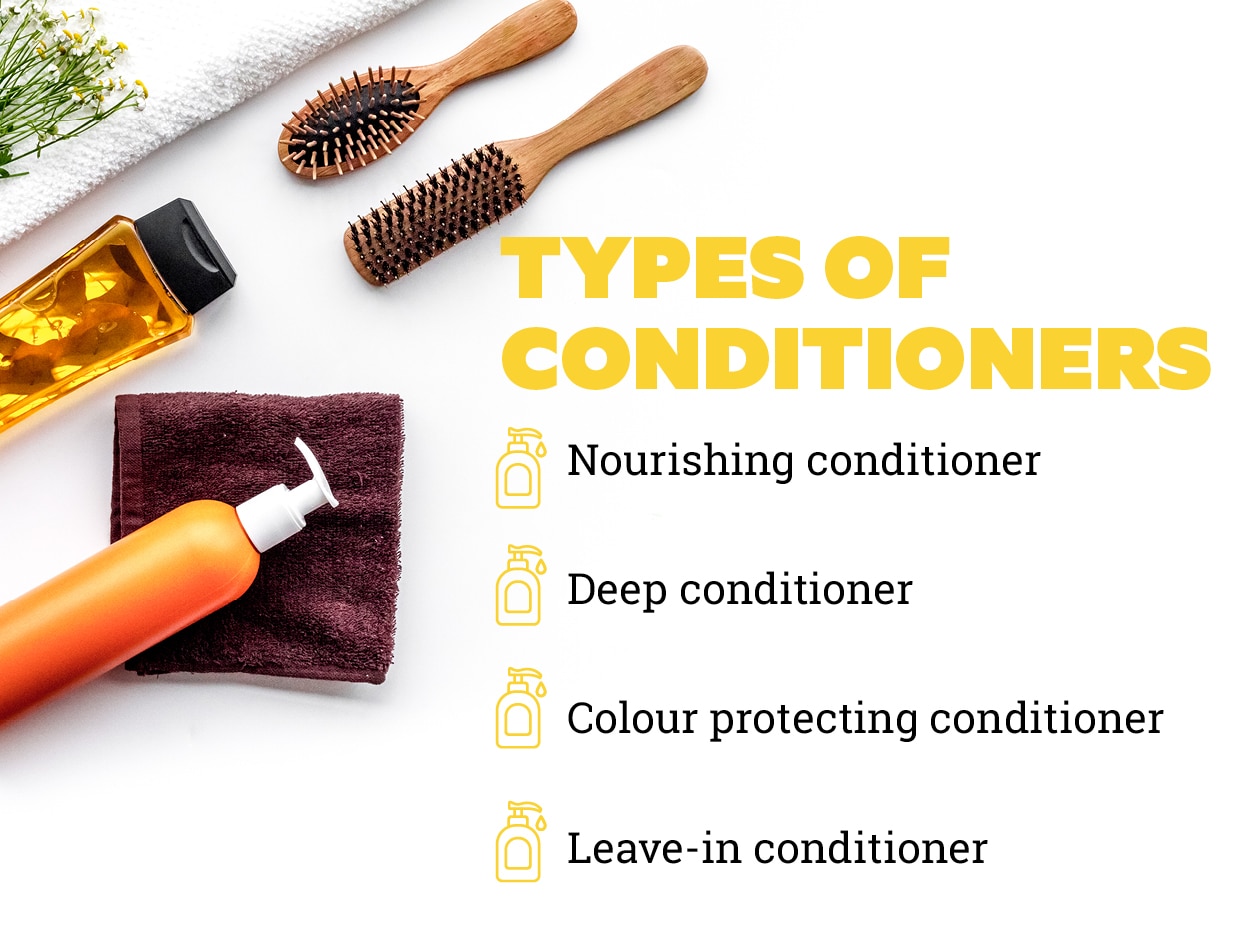
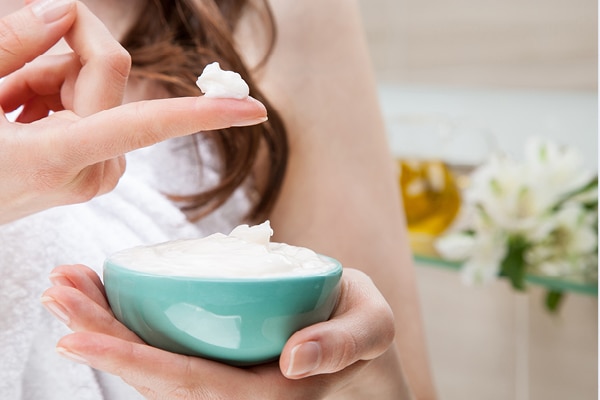
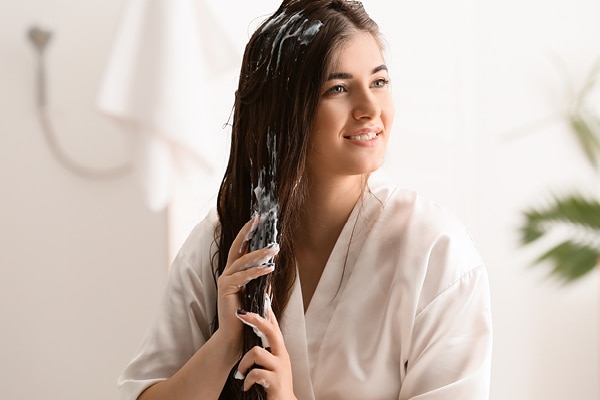
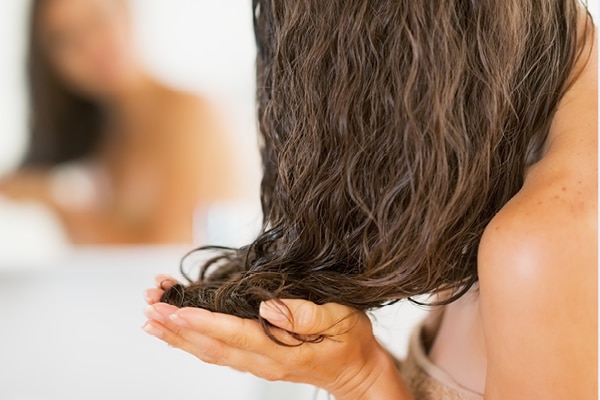
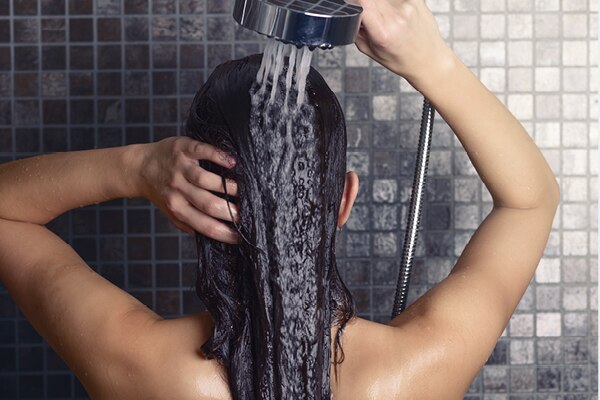
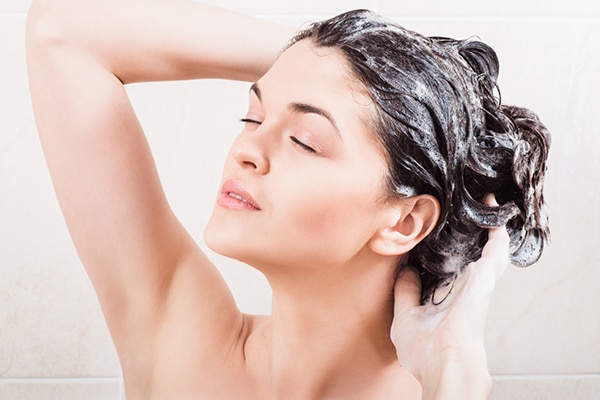









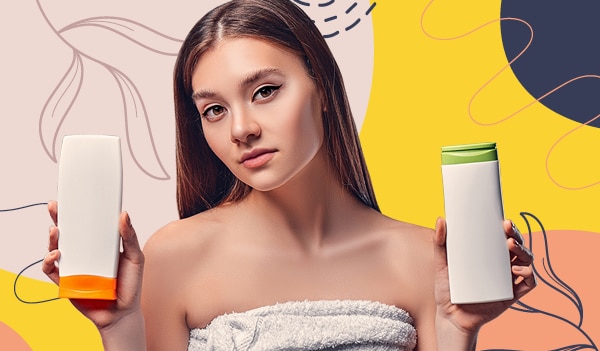

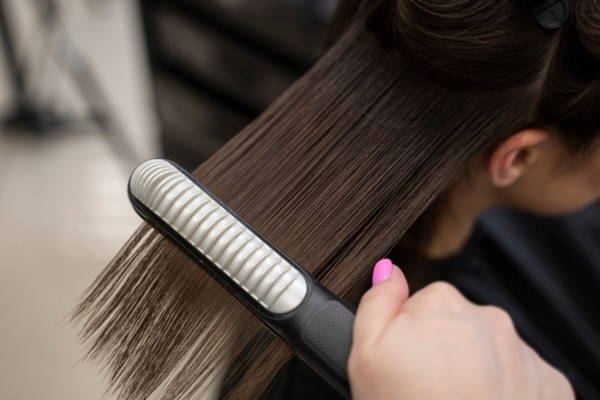
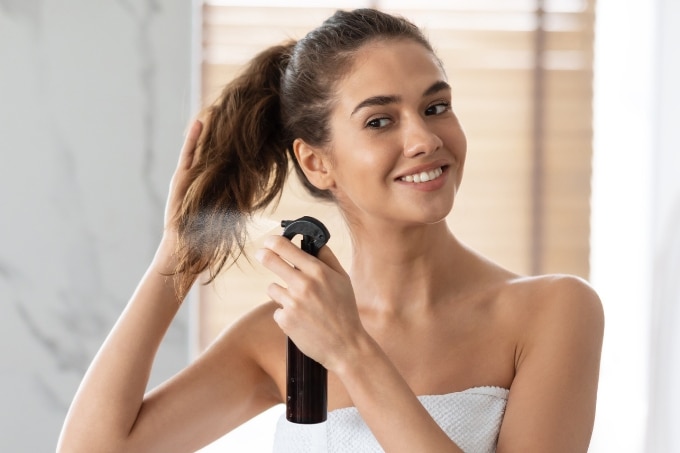
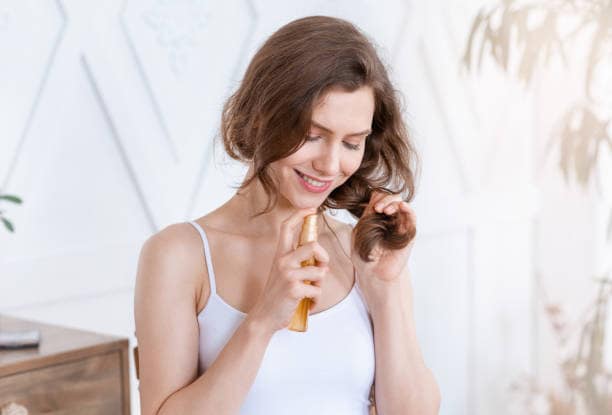
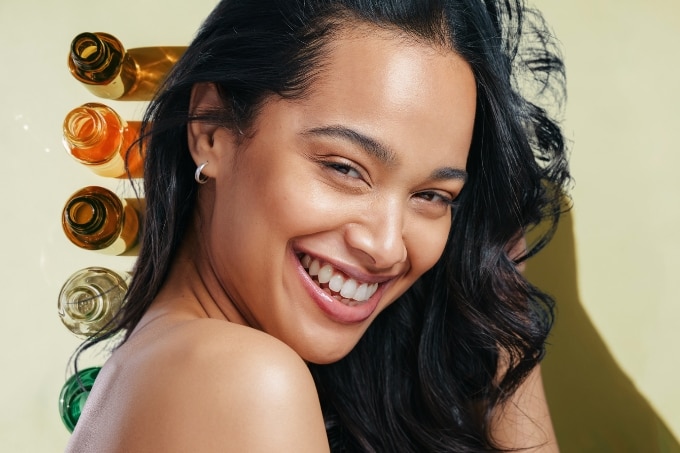

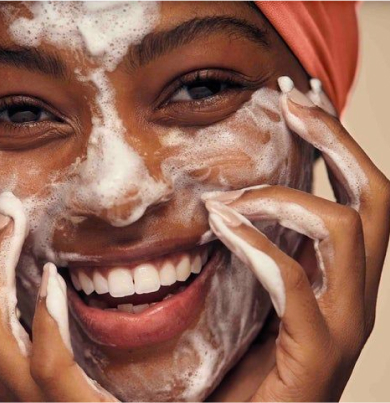
 TERMS & CONDITIONS
TERMS & CONDITIONS
Written by Sanya Hamdani on Nov 30, 2023
Sanya Hamdani is a skincare enthusiast and lipstick hoarder, she truly believes no two red lipsticks look exactly alike. With a Master's degree in Communication & Journalism and 5+ years of digital writing experience up her sleeve, Sanya has some of the biggest beauty experts in the country on her speed dial. When she's not swatching products or writing about the latest trends in beauty, you will find her watching F.R.I.E.N.D.S. or cooking up a storm in the kitchen.